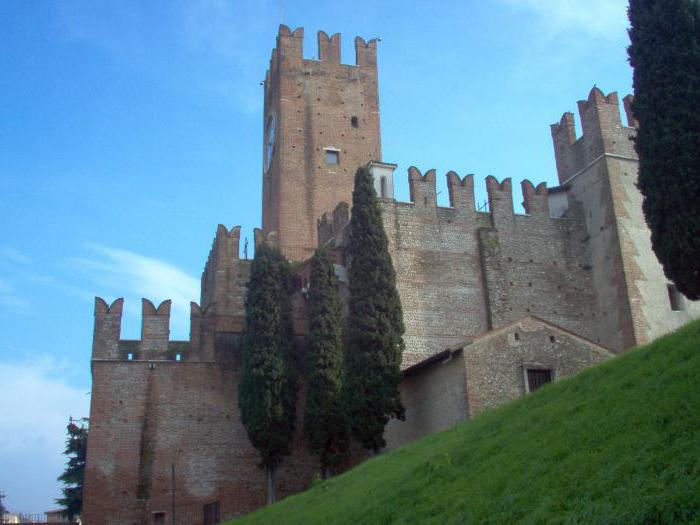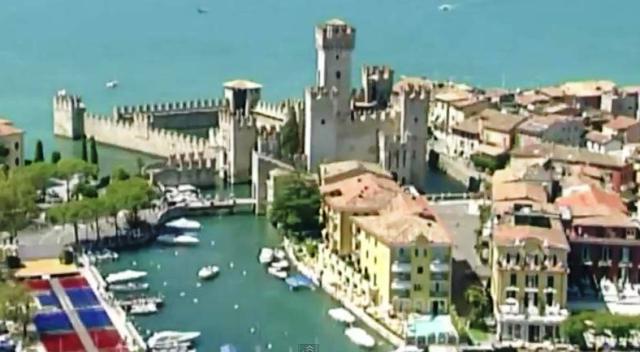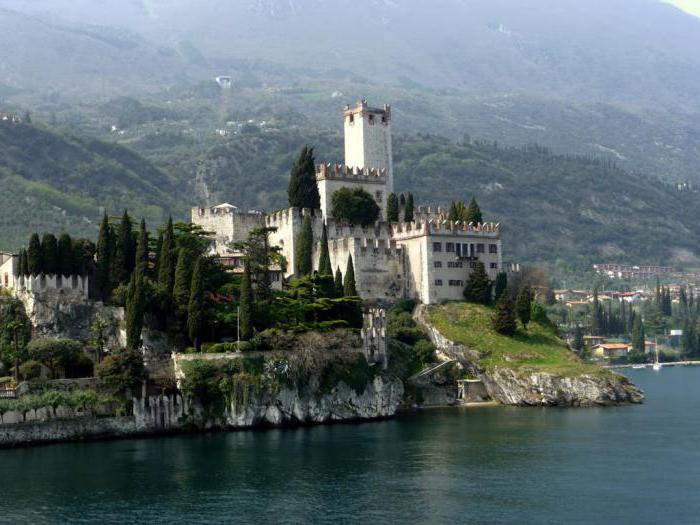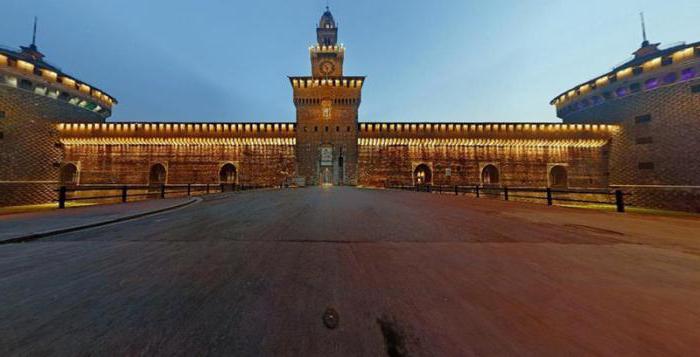Everyone knows that the famous La Scala opera house is located in Milan. This cultural institution bears the proud name of a noble family - the Scaligers. What kind of family is this and what does it have to do with the Moscow Kremlin? This article will tell you about this. In the meantime, we say that the architects who built the castle of Scaligers (Italy) introduced a political component into the architecture. To understand all the nuances of decorating the walls, we inevitably need to take a short historical excursion in the late Middle Ages, when the whole of Italy was torn by war between Guelphs and Ghibellines. But even earlier, in the first half of the eleventh century, the surname della Scala, or Scaligers, pops up.
Supporters of the pope and allies of the emperor
In the twelfth century, the political life of Lombardy, North Italian cities and Tuscany entered a phase of irreconcilable hostility between the two parties. Guelphs were ardent supporters of the pope and his claims to secular power. The Ghibellines, however, defended the emperor’s right to the legacy of Charlemagne. There was also a spiritual component to this political struggle. In the Millennium, the Church of Christians crystallized and took shape, whose clergy lived according to the gospel commandments. The papacy, which had long gone astray, declared these monks heretics, giving them the nickname "Cathars." Religious repression broke out, as a result of which those who refused to renounce the faith were burned by the Inquisitors alive. Unfortunately, the Scaliger Castle in Verona served as a prison before execution at the stake for more than a hundred such Christians. The Ghibellines supported the disgraced Church. This party managed to temporarily take power in several cities. One of them was Verona.

Mastino I della Scala and his brother Alberto
The entire Scaliger dynasty was known for its commitment to the emperor. The most prominent representative of the clan was Mastino I. He fought with the emperor Conradin against the troops of Karl of Anjou. The heyday of his power came in 1260. Then he held the post of substitute (governor) of Verona. And two years later he was elected to the post of captain of the people (military commander of the city). In this capacity, Mastino significantly advanced the borders of Verona's possessions to the north. On the shores of Lake Garda, he built the Scaliger castle. The town of Sirmione, standing in the shadow of this fortified citadel, has become a refuge for Christians of the disgraced Church, whose representatives have already been burned everywhere in Lombardy and Tuscany. The Pope imposed an interdict on Verona. To remove excommunication from himself and from the city, Mastino arrested Christian dissidents in Sirmione and Desenzano and transferred them to the prison of his Verona castle. But he was in no hurry to carry out the sentence of church judges. In 1279, Mastino, according to sources, from private revenge, was killed. His brother Alberto, being at that time a priest in Mantua, immediately arrived in Verona and burned over a hundred-odd monks in the ancient arenas of the city. After this step, the dad’s interdict was lifted.

Scaliger Castle in Verona
This building was built much later than the death of Mastino the First, his descendant Kangrad the Second, in the fourteenth century. The castle was part of the defensive walls of Verona and at first bore the name San Martino al Ponte (according to the church that stood at the bridge across the moat). Kangrad built a tower of city fortifications according to the latest canons of military defense equipment of that time. High walls rose directly from the water, which was filled with a deep moat. But the Scaliger castle did not arise in Verona from scratch. In the era of the Roman Empire, a military fort was already located here. Kangrad della Skala built his citadel on its foundation. Therefore, the castle in Verona is also called Castelvecchio - the Old Fortress. It served as the residence of Napoleon, it housed the Austrian garrison. The castle is connected to the city by the Scaliger Bridge, which was ordered by the famous architect Guiglielmo Bevilacqua on the orders of Kangrad.

Scaliger Castle in Sirmione
On the south coast of Lake Garda, on the cape, there is a fabulously beautiful city. Thanks to thermal waters, Sirmione was known in ancient times, as evidenced by the remains of Roman villas. The castle was built at the end of the twelfth century to protect the distant approaches of Verona from attacks by Lombards. Mastino Scaliger significantly strengthened this defensive structure. By his order, a moat was dug, which turned the "rock" almost into an island. Mastino also built a harbor, which housed the fleet of Verona. Representatives of the clan cheated on the Gibellin sympathies, so later towers have rectangular battlements. The castle was of defensive significance until the sixteenth century. Now there is a museum in its walls. On Lake Garda, in the town of Malcesine, there is another Scaliger castle. Photos of this medieval fortress, towering on a coastal cliff, are known to many Germans. After all, the poet Goethe visited here, who described him in "Italian Travels." Representatives of the Scaliger family lived in Malcesine from 1277 to 1387. The dynasty also owned a castle in Torri del Benaco.

Politics and Architecture
It is easy to see that all the fortresses belonging to the Scaligers have battlements in the form of swallow tails. When the representatives of the clan obeyed the pope and switched to the side of the Guelphs, the equipment of the locks also changed. The battlements of later buildings became rectangular. This is not due to the fashion for decor. Demonstrating their political affiliation was characteristic of both the Ghibellines and Guelphs. In a country torn by internal conflicts, it was important to see which senor’s castle you’re approaching. The Ghibellines took as the basis of an eagle flapping its wings - as on the emperor’s oriflamme. The Guelphs chose a rectangle as a symbol - a stylized papal tiara.
Moscow Kremlin and Italian feuds
When in the middle of the fifteenth century, Tsar Ivan III decided to rebuild and expand his yard, he wrote out the most fashionable architects from the Duchy of Milan: Aristotle Fioravanti, Marco Ruffo, Pietro Antonio Solari. Before the arrived architects, he set the task: to build the Kremlin on the model of the castles of Sforza and the Scaligers. The Italians introduced the sovereign into the essence of the decor of the fortress walls. What merlons (teeth) to put? The king reasoned that his home was worthless to carry a symbol of subjugation of papal authority. That is why the walls of the Moscow Kremlin are decorated with dovetail tines.